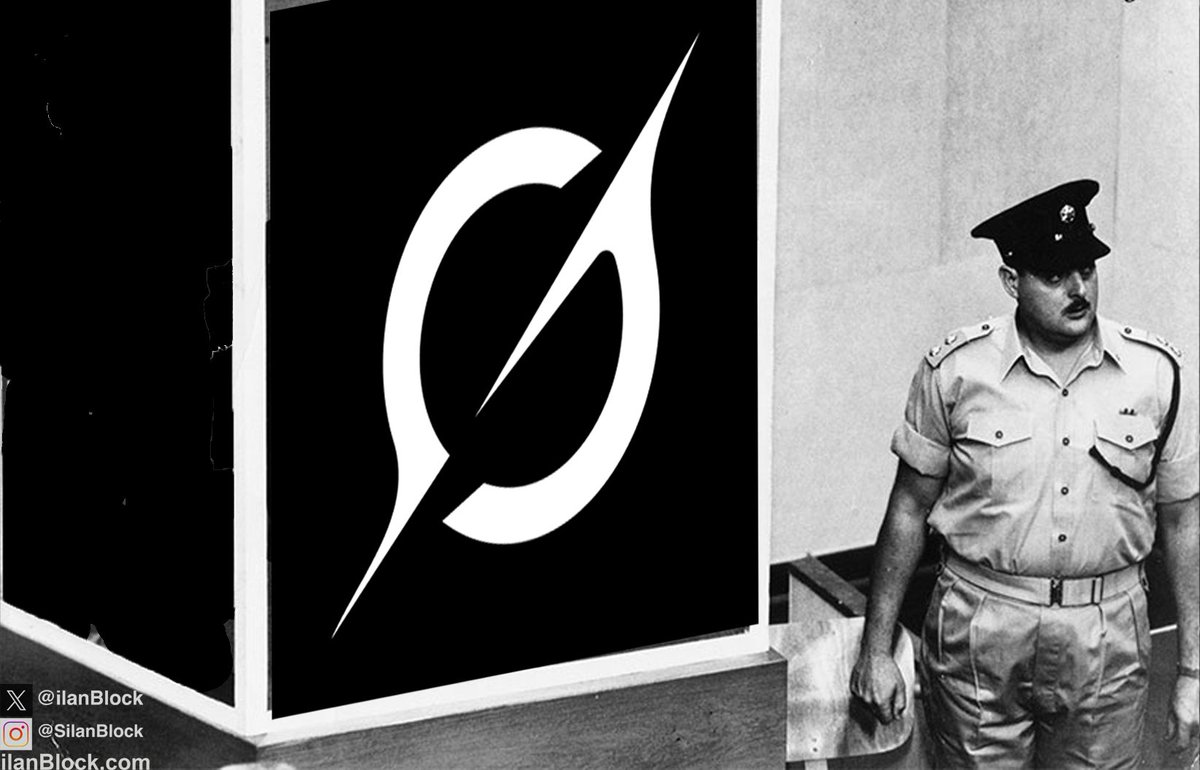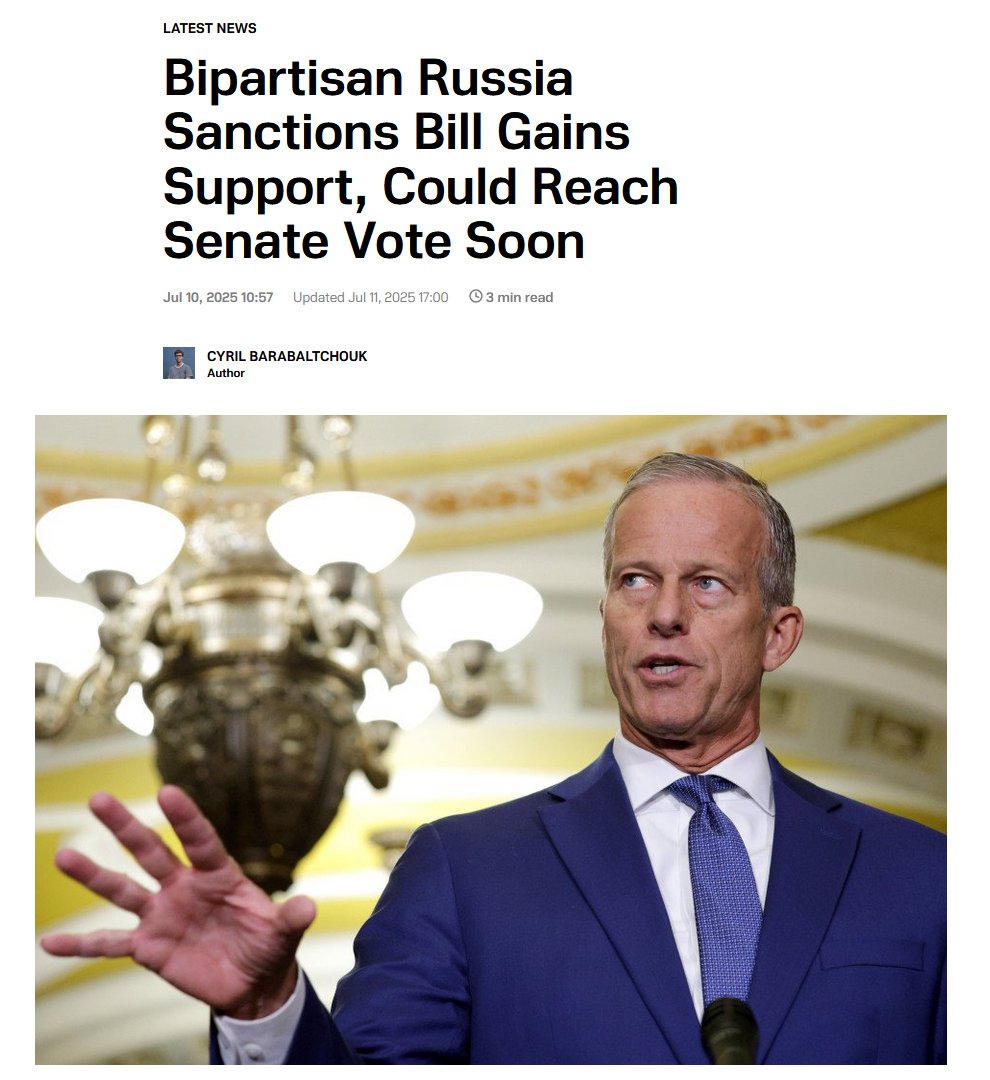In today’s Vatnik Soup, I’ll cover the autocratic concept of “Good Tsar, Bad Boyars”: the idea that the leader is wise and just, but constantly sabotaged by corrupt advisors. This narrative shields the ruler from blame, and it’s used by both Putin and Trump today.
1/20
1/20

The phrase “Good Tsar, Bad Boyars” (Царь хороший, бояре плохие), also known as Naïve Monarchism, refers to a long-standing idea in Russian political culture: the ruler is good and benevolent, but his advisors are corrupt, incompetent and responsible for all failures.
2/20
2/20

From this perception, any positive action taken by the government is viewed as being an accomplishment of the benevolent leader, whereas any negative one is viewed as being caused by lower-level bureaucrats or “boyars”, without the approval of the leader.
3/20
3/20

This narrative helps protect the leader from criticism by shifting blame to his subordinates. It originates from the Russian empire, but it was also used extensively by Soviet leaders (Khrushchev’s secret speech was the shocking exception) and now by Vladimir Putin.
4/20

4/20


In the Soviet Union, the idea of the “good leader misled by bad advisors” dominated. Under Stalin’s Great Purge, victims would write him “Comrade Stalin, there’s been a terrible mistake”, believing he’d fix it if only he knew — but he was usually the one who ordered it.
5/20
5/20

Since Putin rose to power in 1999, the “good Tsar, bad boyars” idea has shaped his public image. He presents himself as a just leader undermined by corrupt officials, often humiliating them publicly to show he’s above the system.
6/20
6/20
Even the 2023 Wagner rebellion was initially based on the “good Tsar, bad boyars” idea. Prigozhin claimed Putin was misled into invading Ukraine by corrupt elites, viewing him as a well-meaning leader deceived by untrustworthy oligarchs and incompetent generals like Shoigu.
7/20

7/20


In the US, a version of this myth surrounds Trump. Supporters see him as a lone fighter betrayed by corrupt insiders: deep state, fake Republicans, globalists… His “drain the swamp” slogan reinforced the image of a pure leader surrounded by disloyal, self-serving elites.
8/20


8/20



When policies fail or scandals hit, Trump blames others. Even close allies like Mike Pence and William Barr were quickly cast as traitors. Trump himself stays “clean and pure” while those around him are labeled weak, corrupt, or disloyal.
9/20



9/20




Trump often turns on the very “bad boyars” he personally appointed. He repeatedly threatened to fire Federal Reserve Chair Jerome Powell for not aligning with his economic messaging, despite having nominated him in 2017 and once calling him a “good man.”
10/20
10/20
Trump went through people quickly in his first term, and by 2018, nearly half of top White House roles had already changed. Today, almost no one from his original inner circle remains. Many former allies have either distanced themselves or become targets of his attacks.
11/20

11/20


In his second term, Trump surrounds himself exclusively with loyalists. MAGA-aligned think tanks like the Heritage Foundation support this model, calling for mass firings, loyalty tests, and full presidential control over the federal bureaucracy from day one.
12/20

12/20


Project 2025 outlines this plan clearly: expand presidential power, purge civil servants, replace judges who block Trump’s executive orders. The aim is a government where qualifications or constitutionality don’t matter, only loyalty does. America’s own “Tsarist” model.
13/20

13/20


Trump’s cult-like status among the MAGA base ensures that anyone he fires or disowns is instantly recast as a traitor. His supporters rarely question him. Instead, they redirect blame to the “bad boyars,” reinforcing his image as a wise, benevolent, and infallible leader.
14/20
14/20
Like in Russia, the goal is to build a leader-centered system where the president is never to blame. If anything fails, it’s the boyars — often podcasters, pundits, political allies or kids with little experience in the jobs they’re handed.
The Tsar is always good.
15/20


The Tsar is always good.
15/20



Meanwhile, back in Russia, the “Good Tsar” system demands total loyalty. Even top officials can’t freely resign. Elvira Nabiullina, head of the Central Bank, reportedly tried to quit after the Ukraine invasion, but Putin refused, forcing her to stay.
16/20
16/20

In Putin’s system, loyalty is expected indefinitely. Those who fail or fall out of favor are often arrested, or they die under suspicious circumstances. Foreign Minister Sergey Lavrov has also been rumored to have asked to resign multiple times, only to be blocked by Putin.
17/20

17/20


The Boyars now don’t get a choice, they HAVE to stay and be bad for the Tsar to be good. This serves a dual purpose: it makes Putin appear more moderate, and protects them by being too unhinged to be a serious alternative to the Tsar. Sidekicks like Lavrov and Medvedev…
18/20
18/20

… reinforce Putin’s Good Tsar status through their blunders. They make provocative statements or extreme, often absurd threats, like nuclear war or invading Poland. Putin then steps in, the voice of reason, calms his boyars down, makes them apologize.
The Tsar is Good.
19/20



The Tsar is Good.
19/20




To conclude: both Trump and Putin use the “Good Tsar, Bad Boyars” model to build a system where blame is never theirs. Failures are pinned on advisors, bureaucrats, or made-up enemies. Successes, real or staged, are credited solely to their strength, wisdom, and leadership.
20/20
20/20

The 2nd edition of “Vatnik Soup — The Ultimate Guide to Russian Disinformation” is officially out!
You can order your copy here:
vatniksoup.com/en/books/
You can order your copy here:
vatniksoup.com/en/books/
• • •
Missing some Tweet in this thread? You can try to
force a refresh























